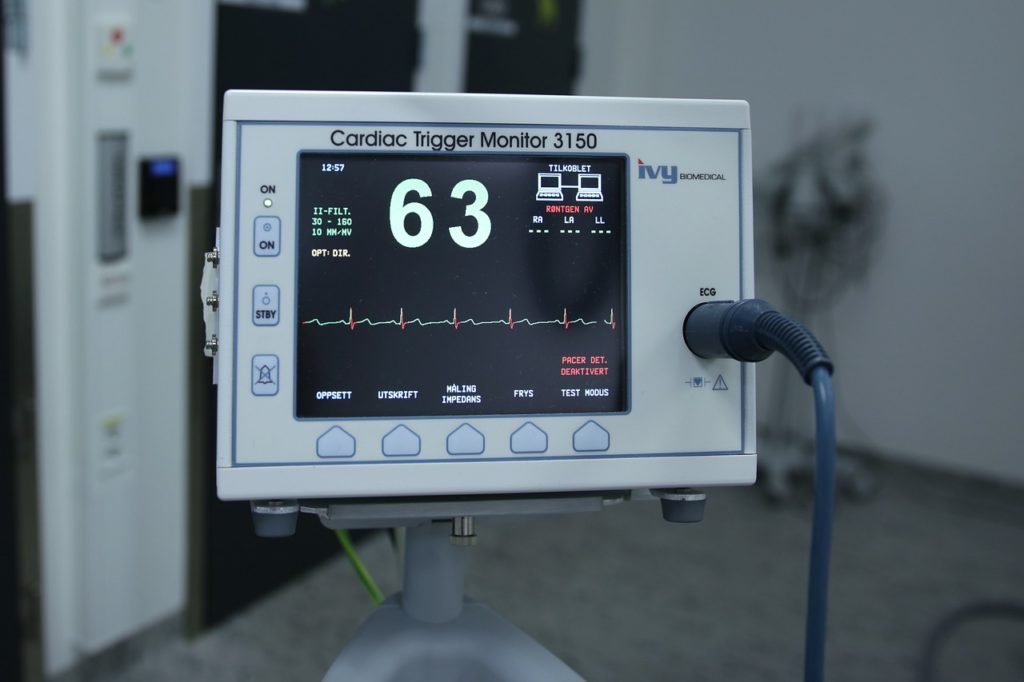It is a calculated risk. According to one survey, the annual medical expenses of 90% of the U.S. population are less than $2000; for 73%of the population, it is below $500.
Two groups that normally opt for catastrophic health insurance are young people in their twenties who are confident of their health condition, and older men between fifty and sixty-five who are still waiting for Medicare eligibility.
Catastrophic health insurance coverage is only meant to protect against major hospital charges and not routine medical expenses. It normally does not cover maternity care, doctors visits and prescription drugs. Certain pre-existing medical conditions and cases involving mental health and substance abuse are usually excluded from the coverage. A catastrophic health insurance policy can be purchased as an individual plan or as part of a group plan. In fact, there appears to be a trend among employers to encourage employees to opt for this type of medical cover. The maximum lifetime limit could be as high as $3 million.
Rates vary according to where you live and your age. In certain states, the saving on premiums could be two-thirds. For example, a 21 year old, non-smoking female may pay as little as $30 per month as a premium.
It is advisable to seek professional guidance from insurance companies and/or agents and compare quotes before making a decision.





More Stories
Medicare Drug Benefit Gaining Millions Of Enrollees
How To Get Cheap Long Term Care Insurance Online In Missouri
How You Can Get Affordable Supplemental Health Care Insurance For Seniors